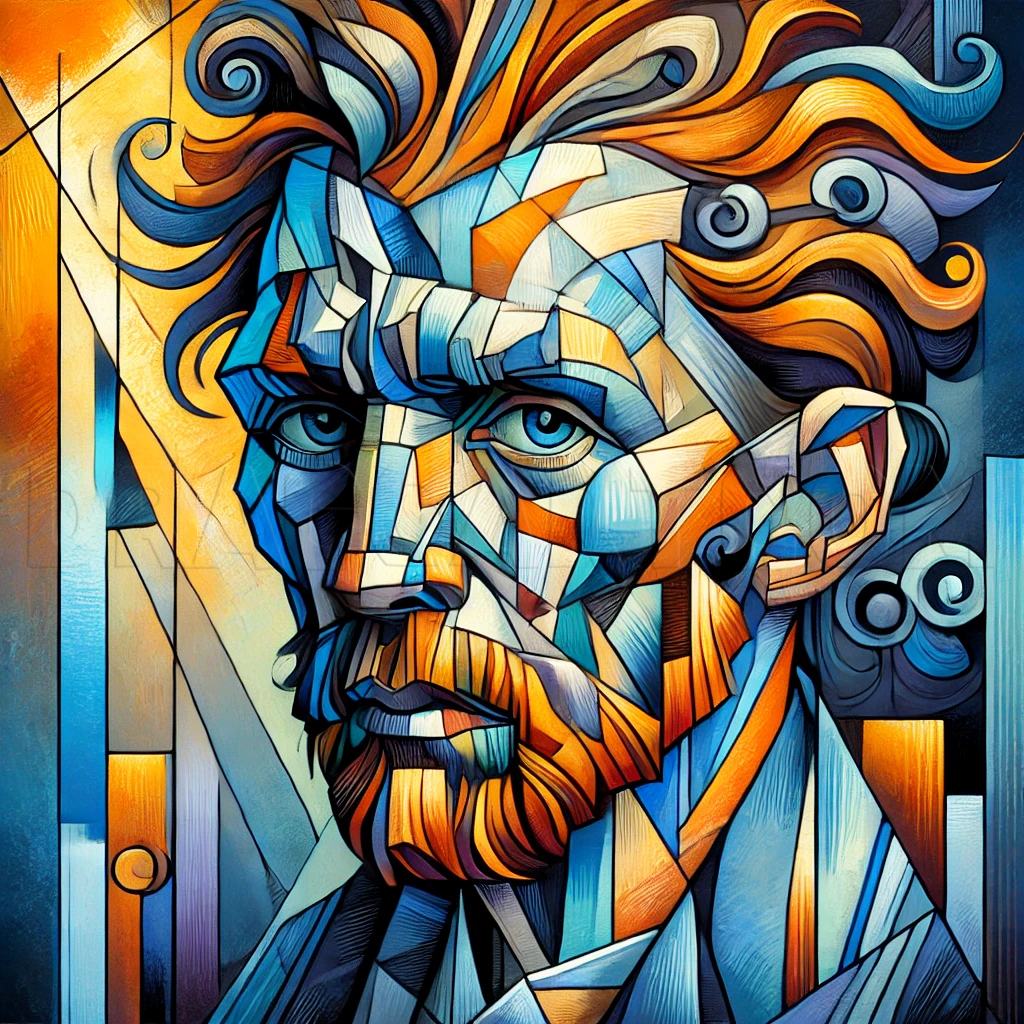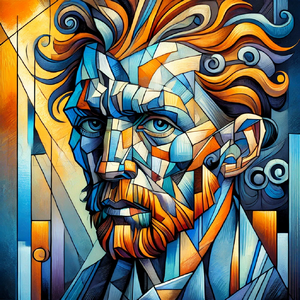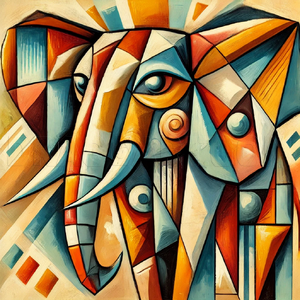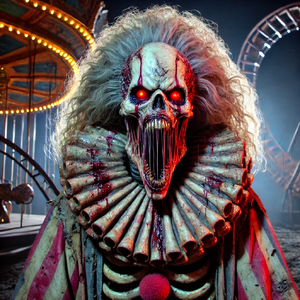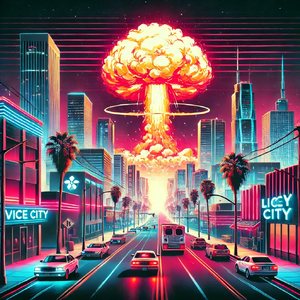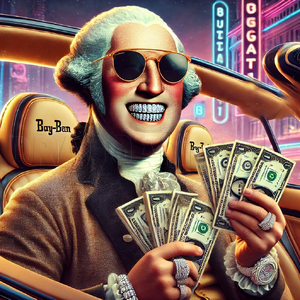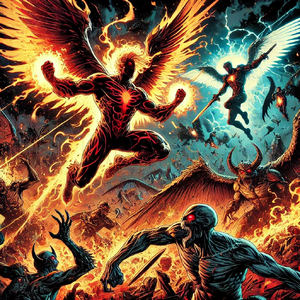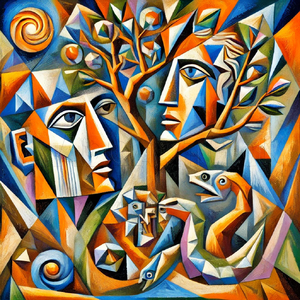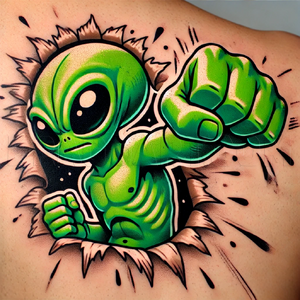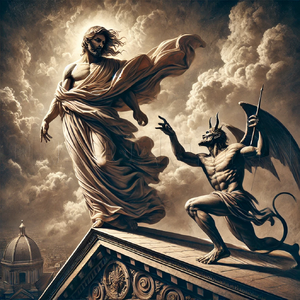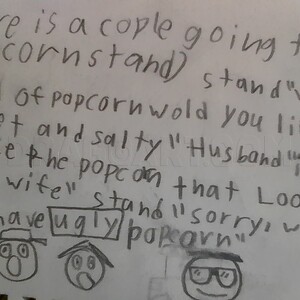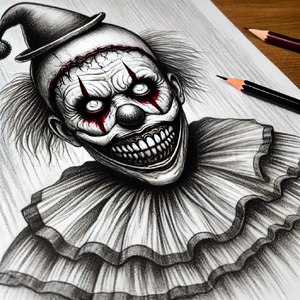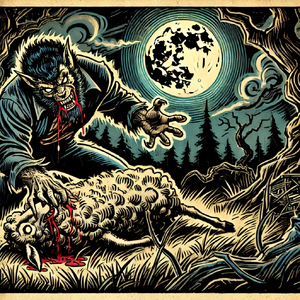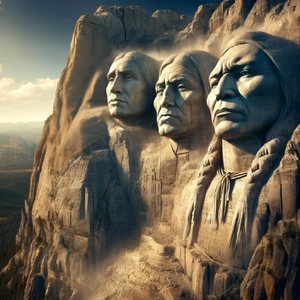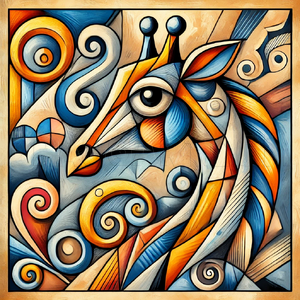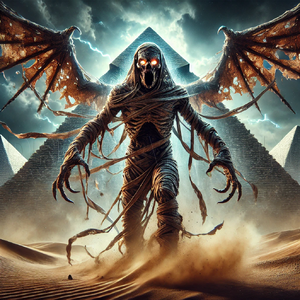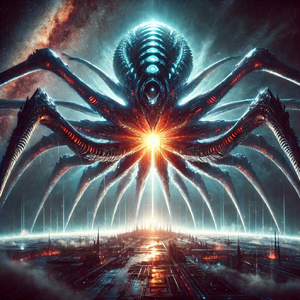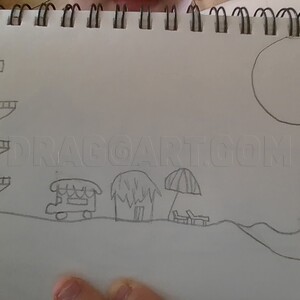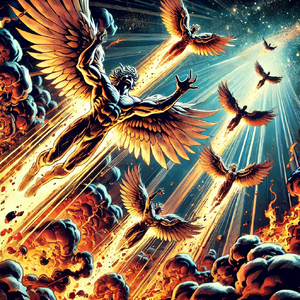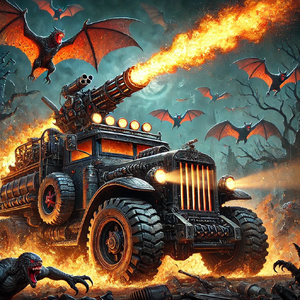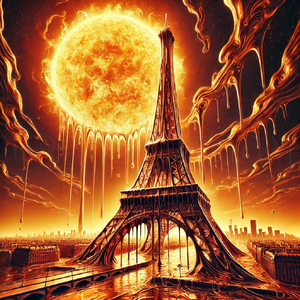Comments 0
Details
February 23, 2025
A.I. Generated
Pablo Picasso, a revolutionary force in modern art, carried a complex admiration for Vincent van Gogh. Though their styles diverged—Van Gogh’s frenetic brushwork capturing raw emotion and Picasso’s Cubism dismantling form into geometry—their artistic spirits shared a deep restlessness. Picasso recognized in Van Gogh an artist who painted not just the world, but the turmoil of existence itself. Unlike Van Gogh, who channeled movement through impasto swirls and fevered strokes, Picasso sought to shatter perception into multiple planes. Yet, beneath the technique, both artists wielded color with unapologetic boldness, using it to command emotion rather than merely represent reality. Van Gogh’s yellows radiated an inner torment just as intensely as Picasso’s fragmented figures carried an existential weight. Though Picasso rarely spoke at length about Van Gogh, his Blue Period reveals a kinship—melancholy subjects bathed in hues reminiscent of Van Gogh’s late works. If Van Gogh painted madness through motion, Picasso dissected it through structure. One sought to reveal hidden passion; the other deconstructed it entirely. Their artistic languages may have differed, but the dialogue between them—spanning time, style, and ideology—remains one of modern art’s most fascinating conversations.
